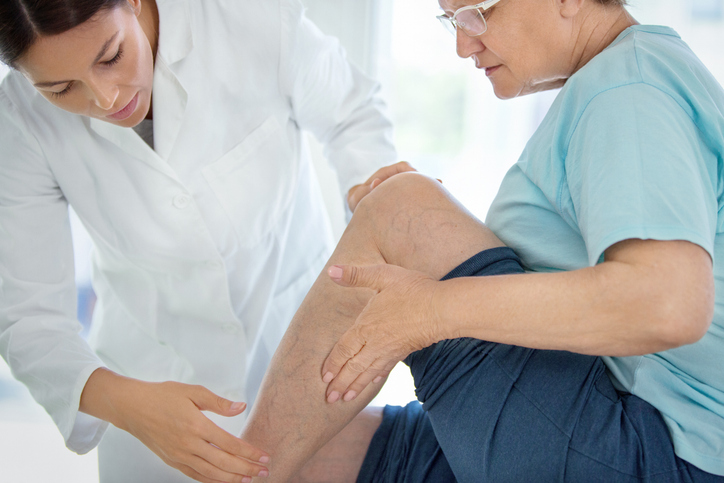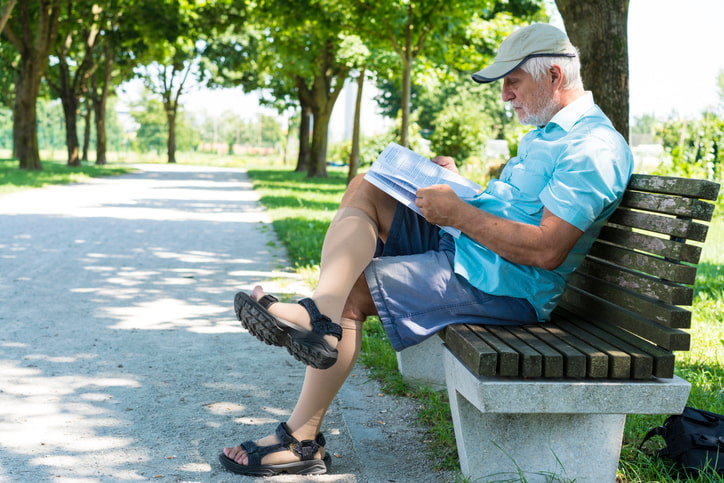When it comes to vein health, two common concerns often arise: varicose veins and spider veins. While both conditions involve visible veins, they differ in appearance, causes, and treatment options. Understanding these differences can help you decide on the best course of action for maintaining healthy veins.
What Are Varicose Veins?
Appearance and Symptoms
Varicose veins are enlarged, twisted veins that often appear blue or dark purple. They are most commonly found on the legs and can be seen bulging above the skin’s surface. Symptoms of varicose veins can include:
- Aching or heavy feeling in the legs
- Burning, throbbing, or muscle cramping
- Swelling in the lower legs
- Itching around the veins
- Skin discoloration around the affected area
Causes
Varicose veins occur when the valves in the veins that regulate blood flow become weak or damaged. This causes blood to pool in the veins, making them swell. Factors that can increase the risk of developing varicose veins include:
- Age
- Gender (women are more likely to develop varicose veins)
- Genetics
- Obesity
- Prolonged standing or sitting
- Pregnancy
What Are Spider Veins?
Appearance and Symptoms
Spider veins are smaller, red, purple, or blue vessels that also twist and turn. They are closer to the skin’s surface and often resemble a spider web or tree branches. Spider veins can appear on the legs and face. While they are typically not painful, some people may experience discomfort or itching.
Causes
Similar to varicose veins, spider veins are caused by increased blood pressure. Contributing factors include:
- Genetics
- Hormonal changes
- Sun exposure
- Injuries
- Prolonged standing or sitting
Treatment Options for Varicose Veins and Spider Veins
Lifestyle Changes
Certain lifestyle changes can help alleviate symptoms and prevent further progression for both varicose and spider veins. These include:
- Exercise: Regular physical activity improves circulation and can help reduce the risk of developing vein issues.
- Weight Management: Maintaining a healthy weight reduces pressure on the veins.
- Elevating the Legs: Elevating your legs when resting can help reduce swelling and improve blood flow.
- Compression Stockings: Wearing compression stockings can help support the veins and improve circulation.
Medical Treatments
Sclerotherapy
Sclerotherapy is a common treatment for both varicose and spider veins. This procedure involves injecting a solution directly into the vein, causing it to scar and collapse. The treated vein is eventually absorbed by the body and fades from view. Sclerotherapy is typically performed in a doctor’s office and does not require anesthesia.
Endovenous Ablation (Radiofrequency)
Radiofrequency (RF) Ablation is a revolutionizing treatment of chronic venous insufficiency and varicose veins. It is an advanced, minimally invasive office procedure that can rapidly treat varicose veins with minimal discomfort. Under local anesthesia, a catheter is inserted into the target vein. As the catheter is slowly withdrawn, the malfunctioning vein is heated and sealed. Return to daily activity is immediate.
Varithena and Venaseal
Varithena uses a foam to close the diseased vein; this foam can spread into branch veins and under skin ulcerations. Venaseal utilizes a surgical adhesive to close the vein without any anesthesia.
Vein Surgery
Ambulatory Phlebectomy is a method of removal for larger, thicker, surface varicose veins (the spongy coiled veins just beneath the skin). Unlike traditional surgical techniques, micro-incisions are made to gently remove the undesired veins. The incisions are so small that stitches are not necessary and heal with virtually no scarring. Surgery is usually reserved for large varicose veins that have not responded to other treatments and can often still be performed in the office setting.
When to Seek Professional Help
If you are experiencing persistent pain, swelling, or skin changes due to varicose or spider veins, it’s important to consult a vascular specialist. Early intervention can prevent complications and improve your quality of life.
Why Choose The Vascular Care Group?
At The Vascular Care Group, we are dedicated to providing comprehensive, compassionate care for all your vascular health needs. Our team of experienced specialists utilizes the latest technologies and treatments to ensure the best outcomes for our patients. With convenient locations across New England, we offer personalized care plans tailored to your specific condition and lifestyle.
Don’t wait to seek treatment if you’re struggling with varicose or spider veins. Contact The Vascular Care Group today to schedule a consultation and take the first step towards healthier, more comfortable legs.

